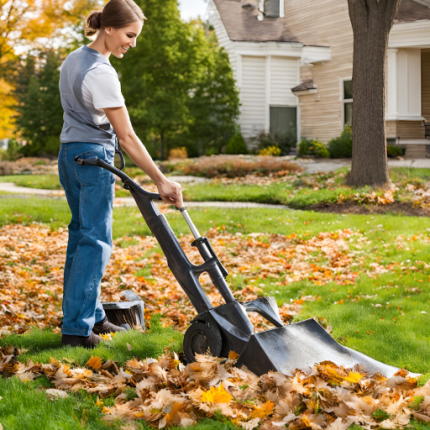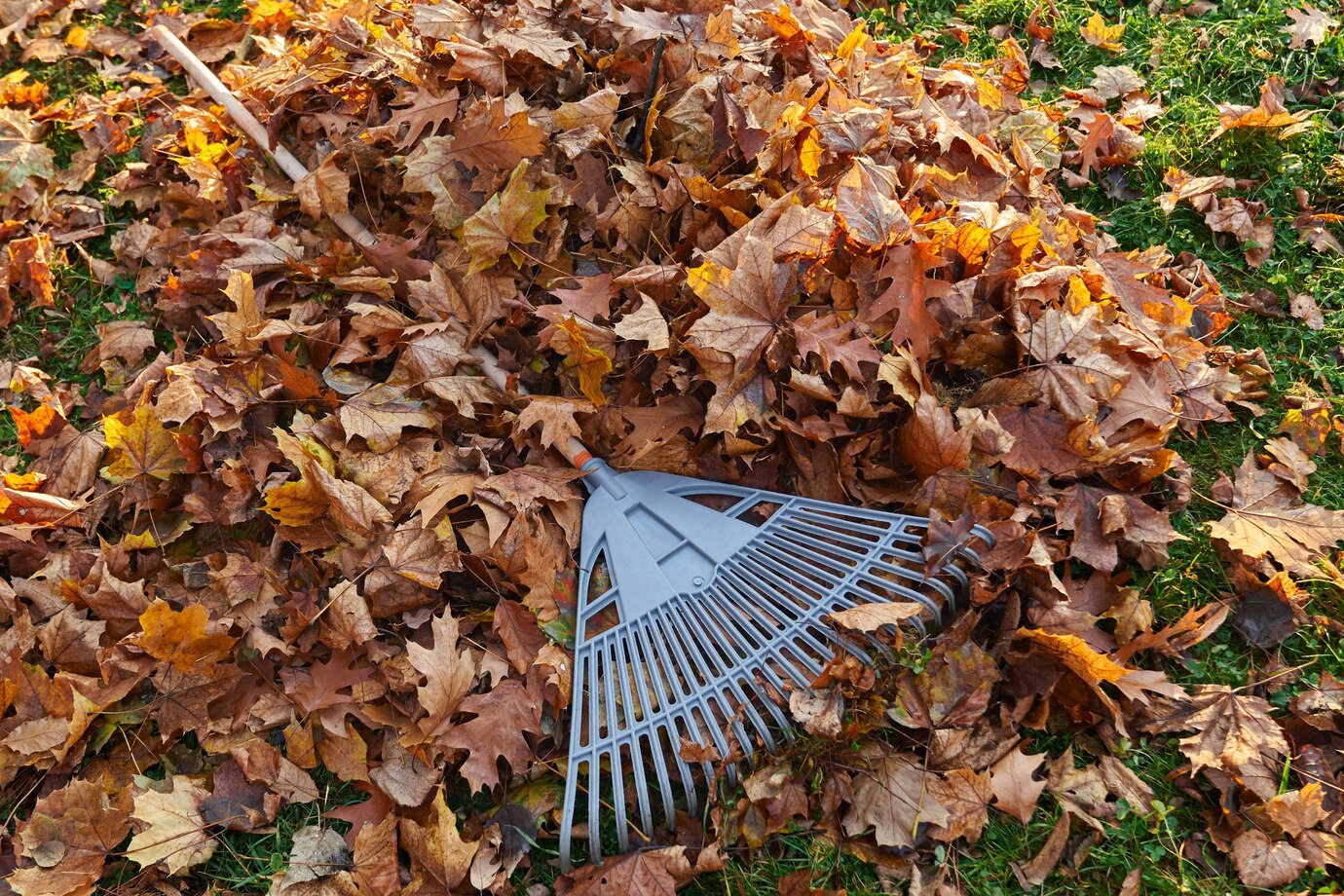$90.00 – $247.00Price range: $90.00 through $247.00
Description
Raking, also known as ranking or calibration, is a statistical technique used primarily in survey research to adjust the weights of survey responses so that they better represent the population. This method is commonly used when there are known population benchmarks for certain characteristics, such as age, gender, race, or region, and the survey sample does not perfectly match these benchmarks. Here is a detailed description of the raking process:
Purpose of Raking
- Adjusting for Nonresponse Bias: Surveys often suffer from nonresponse bias where certain groups are underrepresented. Raking helps correct this by adjusting the weights of survey responses.
- Matching Population Benchmarks: It ensures that the survey sample matches known population distributions for key demographic or other variables.
- Improving Representativeness: By aligning the survey sample with population characteristics, raking improves the generalizability of survey findings.
Steps in Raking
- Identify Key Variables: Select the variables for which population benchmarks are available. These could include demographics like age, sex, race, education level, or geographic region.
- Determine Population Marginals: Obtain the distribution of these variables in the population from reliable sources, such as census data or other large-scale surveys.
- Initial Weights: Assign initial weights to survey responses. These could be equal (each respondent has the same weight) or based on some other initial estimation.
- Iterative Adjustment:
- Adjust the weights so that the weighted sample distribution for the first variable matches the population marginal distribution for that variable.
- Move to the next variable and adjust the weights again so that the weighted sample matches the population for this second variable, while still satisfying the adjustment made for the first variable.
- Repeat this process for all selected variables.
- This iterative process continues until the weighted sample matches the population distributions for all selected variables simultaneously. The procedure often involves several iterations and is typically stopped when changes in weights are sufficiently small (convergence).
- Convergence: The iterative process continues until the sample weights stabilize, meaning further iterations produce negligible changes in the weights.
Benefits of Raking
- Flexibility: Raking can handle multiple weighting variables simultaneously.
- Improved Accuracy: It improves the accuracy of survey estimates by ensuring that the sample more closely resembles the target population.
- Ease of Implementation: With modern statistical software, raking is relatively easy to implement.
Challenges and Considerations
- Convergence Issues: Sometimes, the iterative process may not converge, especially if there are too many variables or if the initial sample is too different from the population.
- Extreme Weights: Raking can result in some respondents having very high or very low weights, which can increase the variance of survey estimates.
- Selection of Variables: Choosing the right variables and ensuring the accuracy of population benchmarks are critical for effective raking.
Applications of Raking
- Survey Research: Commonly used in public opinion polls, health surveys, and market research to adjust for nonresponse and sampling biases.
- Epidemiology: Used in adjusting weights in health surveys to match demographic distributions in the population.
- Market Research: Ensures that survey results reflect the target market’s demographics.
Example of Raking in Practice
Suppose a survey is conducted to understand the voting preferences of a city’s population, but the sample underrepresents young people and overrepresents older adults. The known population distribution is 30% young people (18-34), 40% middle-aged (35-54), and 30% older adults (55+). Raking would adjust the survey weights so that the weighted sample reflects these age proportions, improving the accuracy of the survey results.
Related products
-

Lawn care and maintenance
$65.00 – $195.00Price range: $65.00 through $195.00 Select options This product has multiple variants. The options may be chosen on the product page -

Top soil delivery and installation
$783.00 Add to cart -

Seasonal lawn clean up – $40
$40.00 Add to cart -

Pressure washing and house cleaning – $250 – $350
$250.00 – $350.00Price range: $250.00 through $350.00 Select options This product has multiple variants. The options may be chosen on the product page


